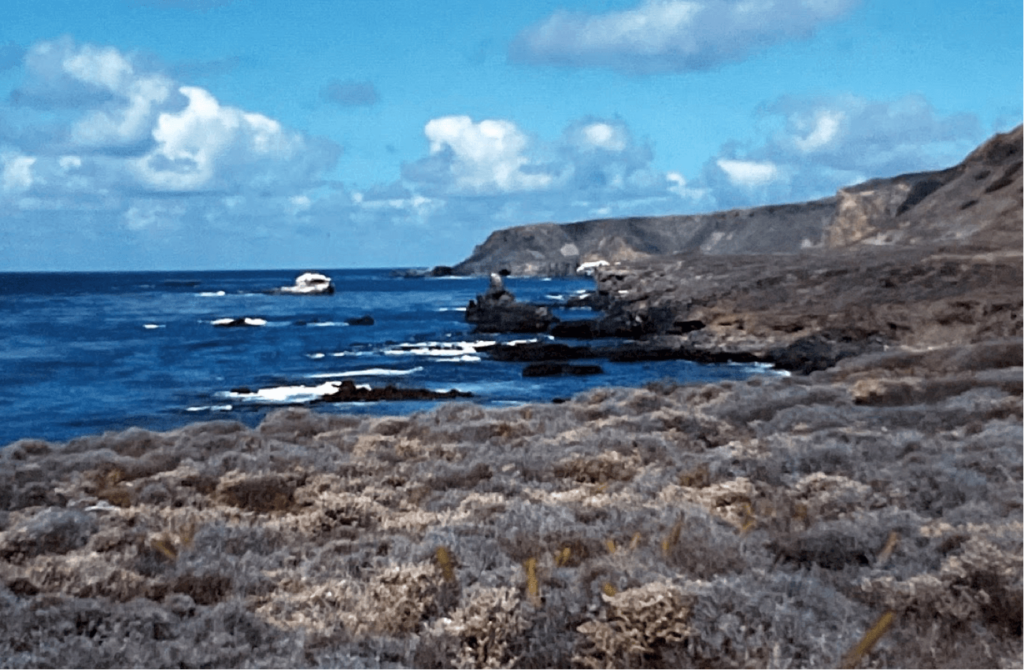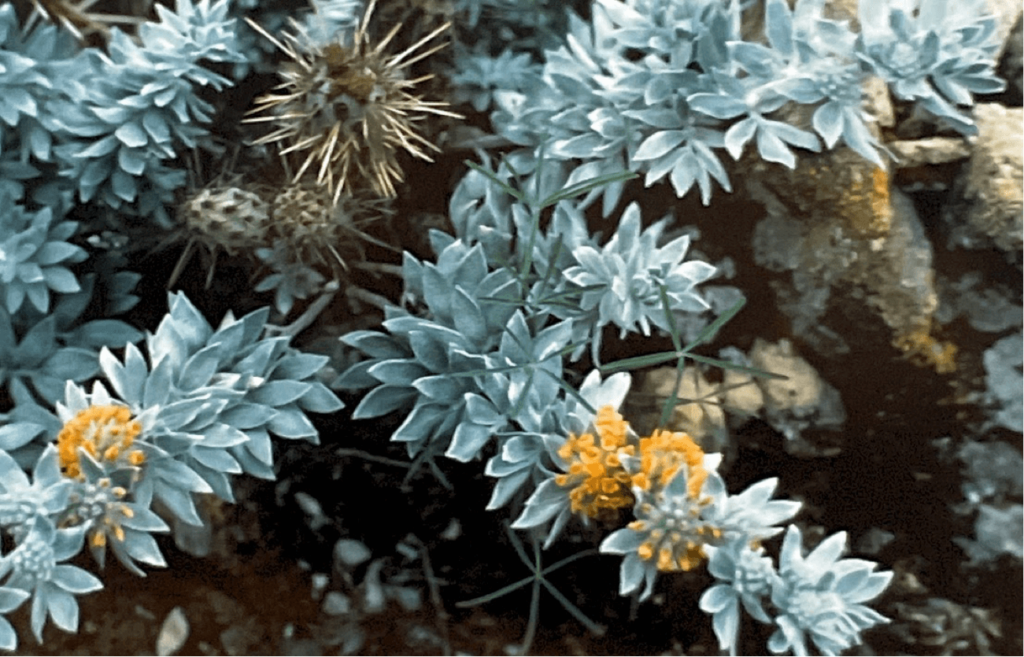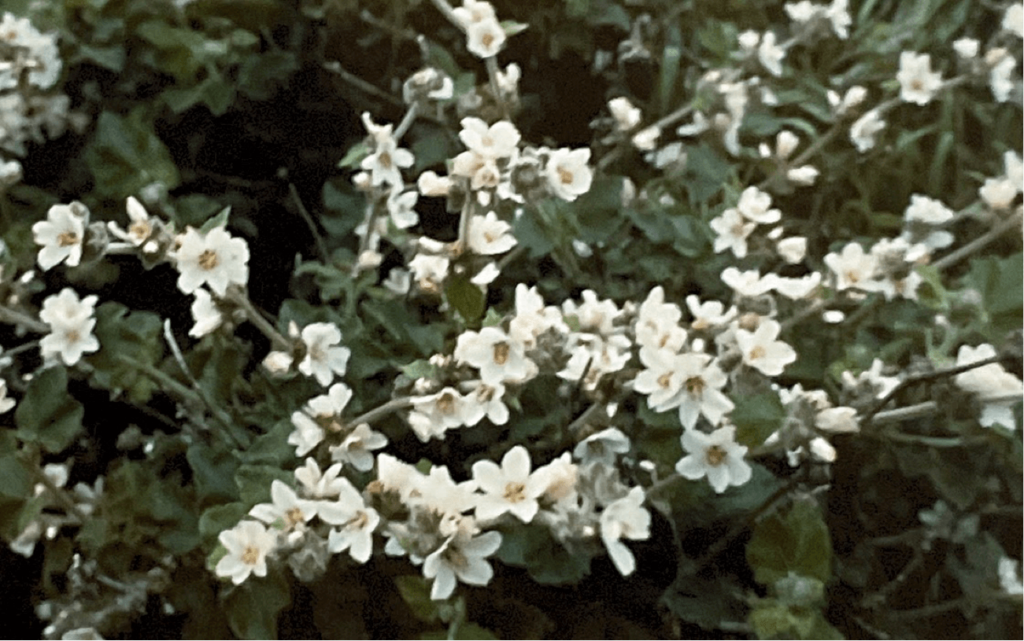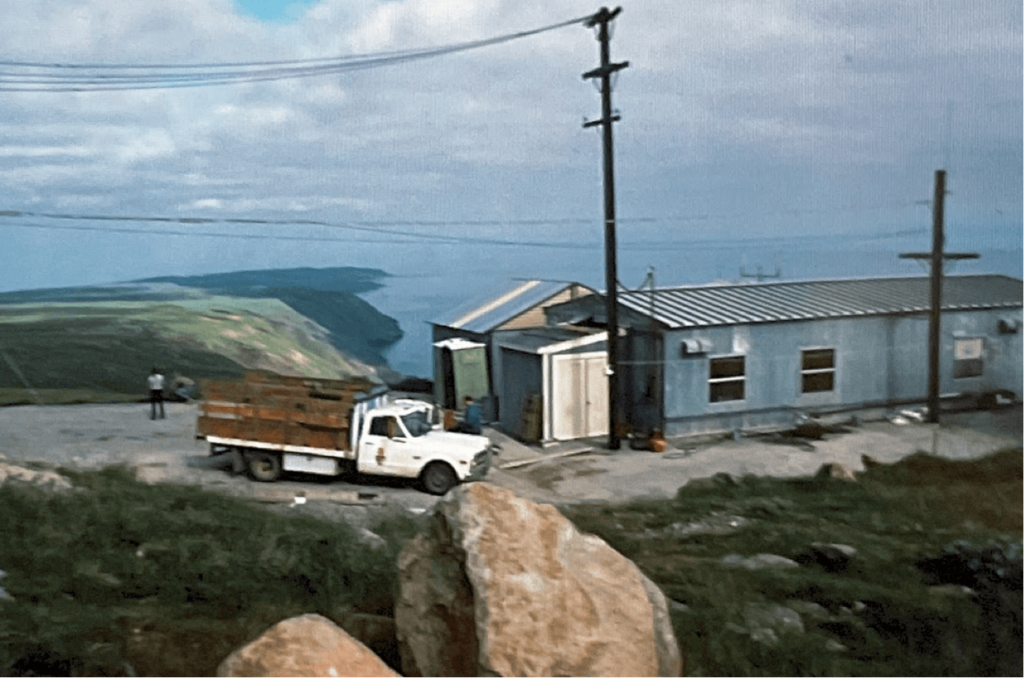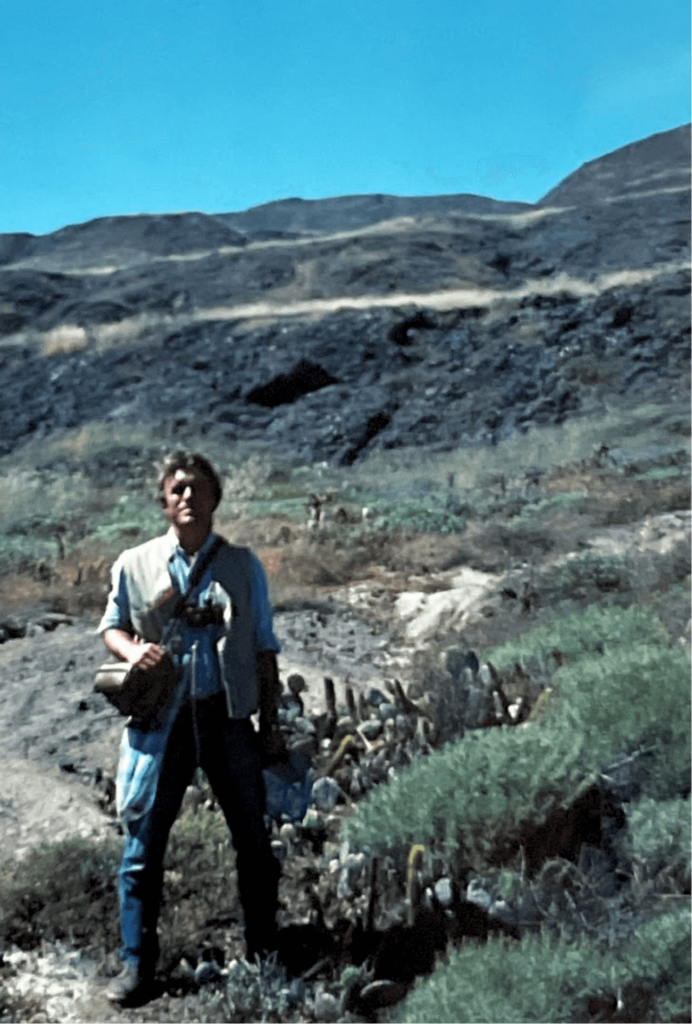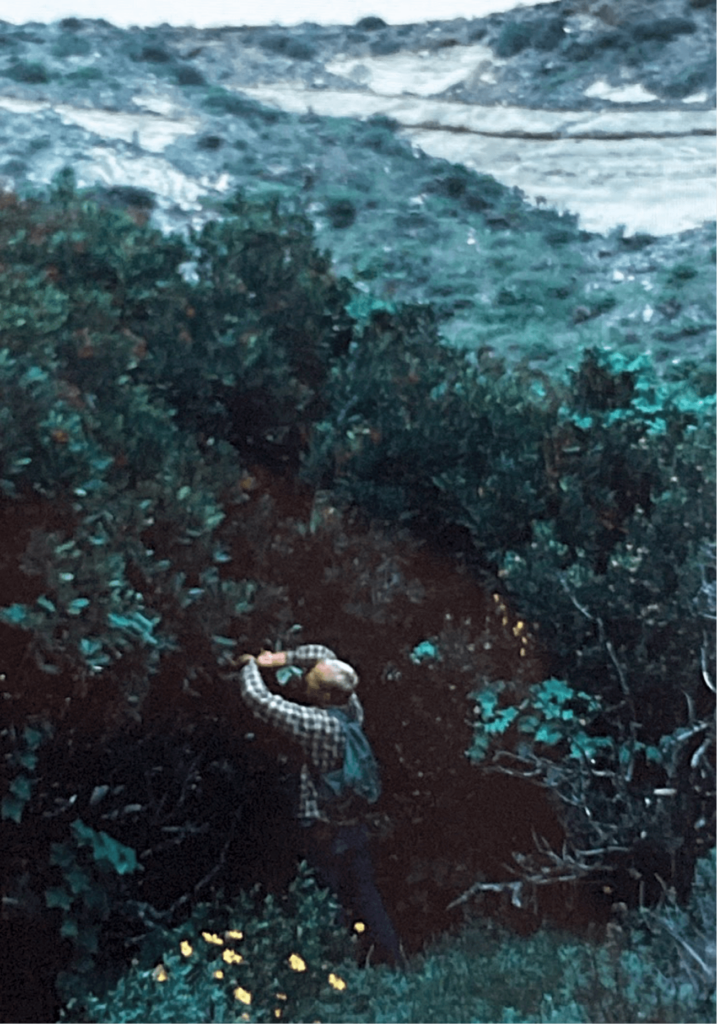Essay #7 A Work Ethic: Keep Having Fun
- Posted in: 40 Year Essays, Blog
- Tags Words by Mike Evans
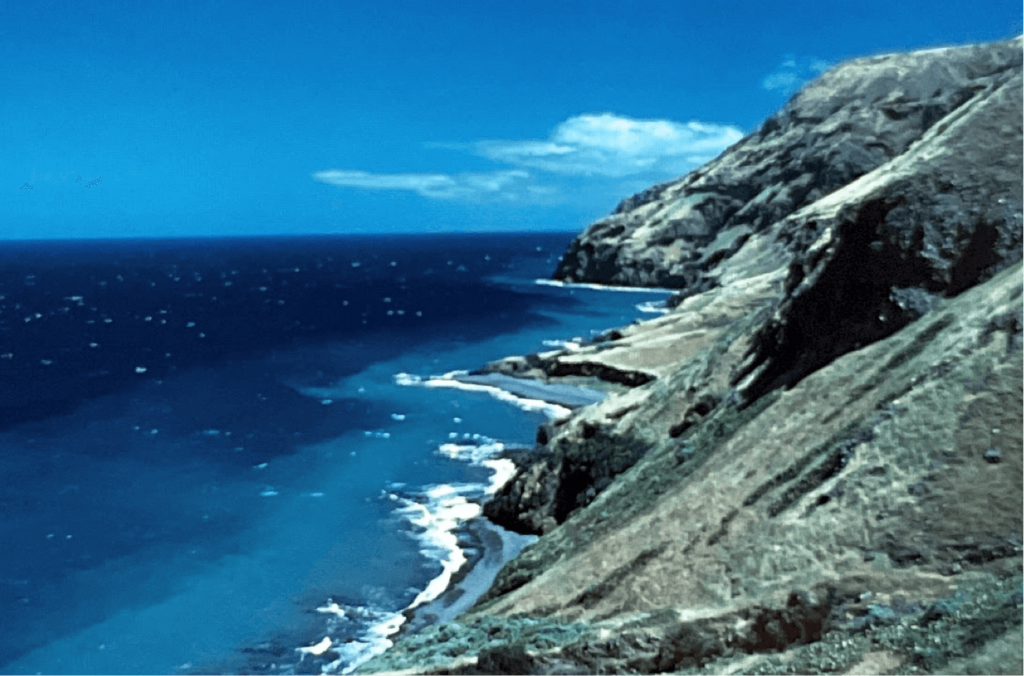
Essay #7, September 2021 – A Work Ethic: Keep Having Fun by Mike Evans
(Thank you for reading these essays celebrating our 40th anniversary. This September Essay is Number 7 of 10, as our year draws to a close. Stay tuned.)
Fortunate are the ones who can point to a blurry line dividing their work and play. Concerning values, rich among rich are people who enjoy their jobs. Afterall, most of our waking hours, and a good portion of our whole lives are spent at work.
At Tree of Life, we strive to do a good job, also trying to make it fun, or at least rewarding, both personally and for everyone else. At times one person might be under stress, trying to meet a deadline or complete a big project. It might not seem like fun, but in the end we help each other, and look to finish well so we can move on to something else a little easier or less stressful.
A musician friend once told me that he always hoped to hit all three, but answering yes to even one or two from the following list made any gig worthwhile: 1) did you have fun, 2) did you learn something new, 3) did you make money? Needless to say, he needed to check #3 often enough to keep the other two going, but a home run was answering yes to all three. Answering no to all three would have constituted a strikeout.
We love what we do. Most Mondays we get to hear about someone’s weekend outing, hike or camping trip. New plants encountered, new trails, photos, experiences. Our vacations and other getaways often involve the very things we are passionate about, spending time appreciating the beauty of nature. When a colleague returns from a trip, I like to break out my maps, tracing my finger across their paths, reliving their experiences. When I come in from the field, I bring out my books, charts, maps, photos, and journals as a school boy for show and tell. We make time for these things.
On the job, especially now that we live in the fast-paced world of social media, we share posts of our simplest pleasures. They are almost all fun. No one wants to see our balance sheet or our bank statement, though we have to look at those on our own. We like to focus on fun and we like to share it, looking long and hard at the serious stuff as needed, so we can go back to having fun. It’s a balance and we try to keep each other in check.
One example where we answered yes on only two of the three work questions, (we had fun and learned a lot), was on a project that took us to an amazing, wild, off-limits place where, even if we had charged ten times our contract price, we would not have made any money. We bid the job so low it was ludicrous, but it was a once in a lifetime chance to spend time on the remnants of a pristine southern California coastal wilderness, and know that at least it was for our “employment.” We could say we were working. And we were.
Our goal, our mission, and our purpose was to collect seed and cuttings, then propagate and grow a bunch of threatened and endangered (T&E) plant species that occur only on San Clemente Island. Traveling back and forth to the island for four years, we conducted numerous propagation events, did tons of documentation and record keeping, and made a final delivery of plants back to the island. We managed to successfully produce substantial quantities of 13 of the 14 contract species. We never even found the missing fourteenth (Lithophragma maxima) plant after four years of searching high and low.
The United States Fish and Wildlife Service was basically holding the United States Navy accountable for “recovery” of endangered plant and animal species on San Clemente Island. The clock was ticking. It was the mid 1980’s and feral goats and pigs were literally out of control. All plans for their hunting and/or removal were being met with opposition from animal rights groups. Military activities by Navy and Marine personnel were always monitored and controlled to protect the environmental and cultural resources of the island, but the feral herbivores were chomping the place down to bare soil in every place they could reach, and a goat can reach into some pretty steep and precarious places! As a safeguard, emergency nursery production was authorized so that in a worse case scenario, the last plants could at least be found safe in cultivation. Tree of Life was given the contract to collect propagation material and grow plants. Most of the species had never been grown in a nursery before.
The upshot of all this was that we got to explore a place that few naturalists can get to. San Clemente Island is off limits to the public. We treaded lightly through a big cove where live-ammo ship-to-shore maneuvers are still conducted (bombing was “cold” those days). We were told to be careful around unexploded ordnance, (I guess so!). We traversed steep canyons, isolated beaches, species-rich coastal marine terraces, sand dunes, and picturesque rock outcrops. We came onto arc sites where it looked like the people just got up and walked away from camp, (needless to say we left everything untouched), and we discovered and documented the goat-inaccessible sites where we found the listed rare plants still growing. This involved a lot of hiking. Interesting night time conversations ensued at the “field station” where we stayed, because the Navy housed their whale people, the loggerhead shrike people, the feral animal specialists, archeologists, field biologists, and whatever other natural science disciplines who might be represented at any given time, in a simple military facility supplied by a tank of yucky hyperchlorinated water, located on the top a high windswept hill facing back to the mainland.
We were flown out from San Diego with other civilian contractors, checked into old jalopy trucks they had on hand for our use, then properly oriented regarding any off-limits areas, and left to our own devices for exploring and collecting. Since we were basically beach kids, it was a dream come true to find unfamiliar, unexplored coastal wilderness, without the hassle of a trip to Baja or Big Sur. And we shared the trails and beaches with no one. The whole job was charted up to learning and fun, because we had bid it so low that no competitors could touch us.
We’ve had others like that, but not four years worth. Of course we need enough profitable work to pay for all the fun times and the times we donate goods and services, and we look for a balance in that as well.
In the end, the propagated plants made their way back to the island and to a couple safe horticultural sites on the mainland. The goats and pigs were eventually eradicated (several years later), and I’m told the island vegetation has responded well. We’re glad we got to see the place when we did. All in a day’s work.
Are we allowed to use the word “fun” in the same sentence as “work?” Well, that depends on who’s making the rules.
